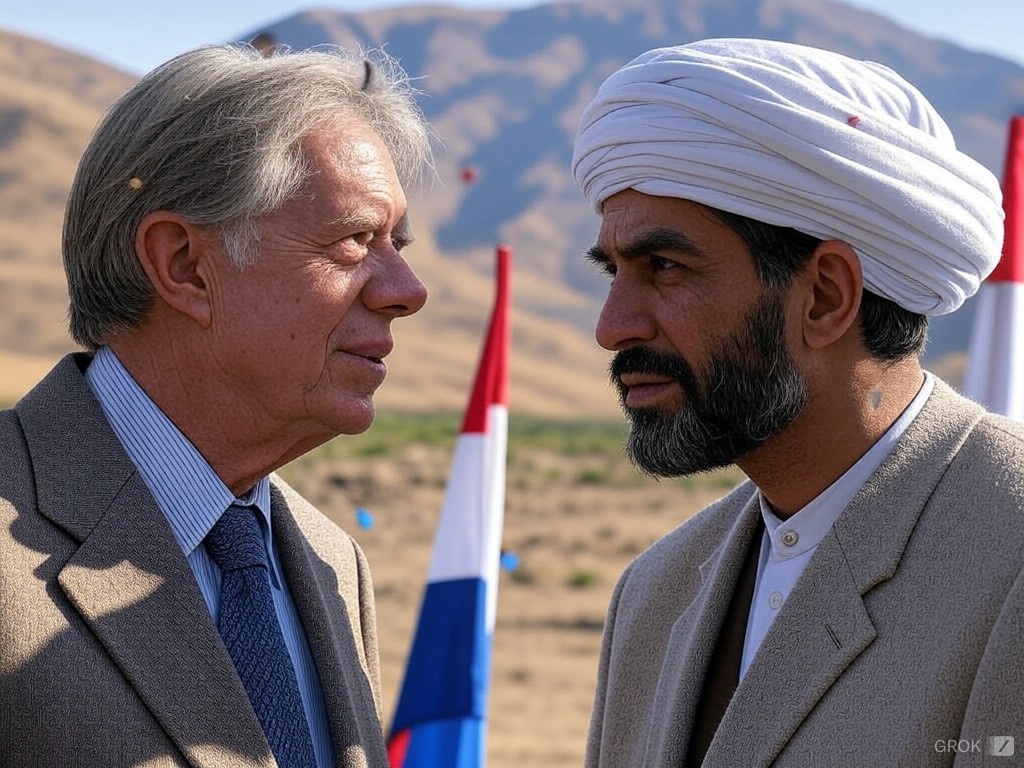Operation Cyclone was a covert operation by the United States Central Intelligence Agency (CIA) during the Cold War, specifically aimed at supporting Afghan mujahideen fighters against the Soviet Union in Afghanistan. Here’s a detailed account:
Background and Initiation:
- Start Date: Officially, Operation Cyclone began in 1979 under President Jimmy Carter‘s administration, although covert support to anti-Soviet factions in Afghanistan started even before the Soviet invasion in December of that year.
- Context: The operation was part of the broader U.S. strategy to counter Soviet influence in South Asia, especially after the Soviet invasion of Afghanistan, which was seen as an attempt by the USSR to expand its influence close to the oil-rich regions of the Middle East.
Objectives:
- The primary goal was to make the Soviet intervention in Afghanistan costly and unsustainable, thereby drawing the USSR into a prolonged conflict akin to the U.S. experience in Vietnam, often referred to as the Soviet Union’s “Vietnam”.
- Another objective was to support the Afghan resistance to prevent the establishment of a Soviet-aligned government in Afghanistan.
Implementation:
- Funding and Support: The U.S., alongside allies like Saudi Arabia and Pakistan, funded and armed the mujahideen. Saudi Arabia matched U.S. funds dollar for dollar, significantly increasing the budget for the operation. Pakistan, through its Inter-Services Intelligence (ISI), played a crucial role in channeling this support, including training and strategic guidance to the mujahideen.
- Weapons and Training: The operation involved providing weapons, including Stinger missiles which proved effective against Soviet helicopters, and training, although the latter was often conducted by Pakistani forces or other non-U.S. trainers due to the covert nature of the operation.
- Scale and Duration: Operation Cyclone was one of the largest CIA operations in terms of funding and lasted until 1989, after the Soviet withdrawal from Afghanistan.
Impact and Consequences:
- Soviet Withdrawal: The operation contributed significantly to the eventual Soviet decision to withdraw from Afghanistan in 1989, marking a major Cold War victory for the U.S. and its allies.
- Rise of Islamic Militancy: The support to various mujahideen factions, some of which were Islamist, inadvertently helped in the rise of radical Islamic groups. Figures like Osama bin Laden, who fought in Afghanistan, later formed Al-Qaeda.
- Long-term Afghan Instability: The operation sowed seeds for future conflicts in Afghanistan. The power vacuum and the arming of various factions led to civil war, the rise of the Taliban, and ongoing instability.
- Political and Social Changes: The influx of foreign fighters and ideologies has had lasting impacts on Afghan society, contributing to a complex political landscape that persists to this day.
Controversies and Reflections:
- Ethical and Strategic Concerns: There’s debate over whether the U.S. adequately considered the long-term implications of arming and supporting groups without considering the post-Soviet scenario.
- Legacy: Operation Cyclone is often cited in discussions about U.S. foreign policy, particularly regarding the unintended consequences of covert operations in geopolitically volatile regions.
Posts found on X suggest varied perspectives on the operation, from criticism for supporting extremist groups to acknowledgment of its strategic success in countering Soviet influence. However, these posts also highlight the complex legacy of the operation, including its role in the emergence of Al-Qaeda and subsequent terrorist organizations.
This operation remains a significant case study in the complexities of Cold War covert actions, highlighting both the strategic successes and the unintended consequences of such policies.




